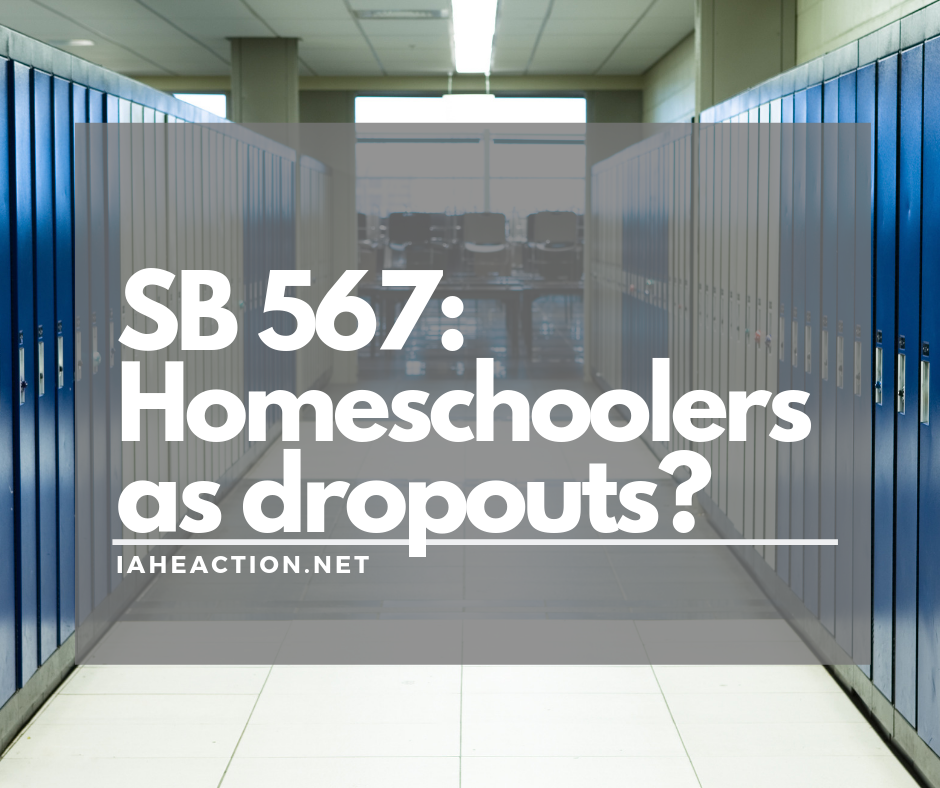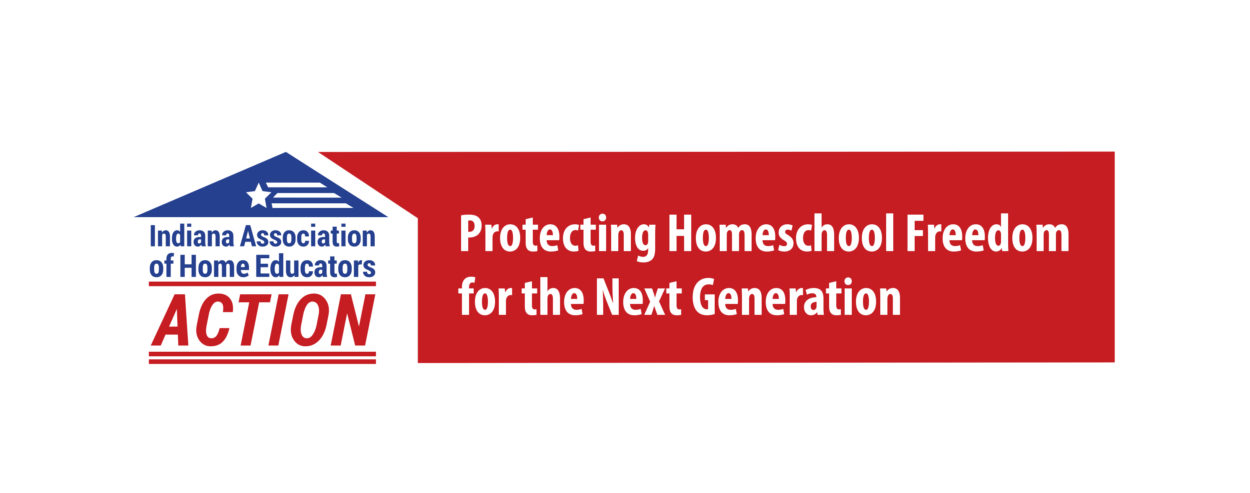On April 9, 2018 Chalkbeat Indiana posted an article regarding SB 567, a bill to provide oversight to Indiana’s virtual, public school programs. The article referenced Rep. Bob Behning, the Indianapolis Republican who chairs the House Education Committee as saying: Students who leave any public school — virtual or traditional — to be homeschooled would…
Tag: public education
The Unintended Consequences of ESAs – Inflated Costs for All, Fewer Choices for All – Part 4
This is part four of a five-part series. Read Part 1, Part 2, and Part 3. We’re going to tell ourselves that we’ll be able to maintain most of our freedom and choice. Again, it’s important to understand that by taking government funds, even an ESA, you will no longer be schooling independently from the government….

